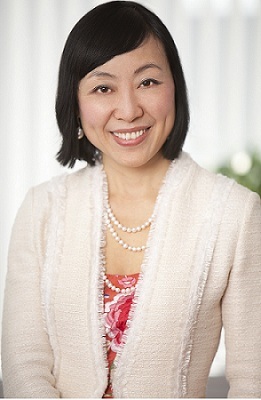While the phrase “patient-centered care” has been used for decades, it really rose to prominence when the Institute of Medicine’s “Crossing the Quality Chasm” featured patient-centered care as one of its six high-quality healthcare objectives in 2001. The Institute defined patient-centered healthcare as care that’s “respectful of and responsive to individual patient preferences, needs and values and ensuring that patient values guide all clinical decisions.” i
The Commonwealth Fund and other organizations have since proposed numerous varied approaches to achieving that definition of care. At its core, it means treating patients with dignity, respecting their autonomy and being sensitive of the patient’s unique values. The doctor-patient relationship is at the center of patient-centered healthcare, with patients’ family members also playing a big role. Two-way communication should be fostered by patient-centered healthcare, allowing patients to be involved in decision-making about their care, preferences and values.
For doctors, they need to not only care for the body of the patients, but they also need to calm the heart and soul of the patients by showing care and listening to their needs. Patients must be empowered with information and education about their clinical status, progress and prognosis, and their fears and anxieties must be alleviated to the physician’s best abilities. These elements should be the basis for accessing and executing care that is appropriate to the individual patient.

Why Patient-Centered Care Matters
From a financial perspective, patient-centered healthcare has been associated with significantly lower total healthcare charges and specialty care clinic charges, according to a study conducted by Klea D. Bertakis, MD, MPH, and Rahman Azari, PhD, published in the Journal of the American Board of Family Medicine.ii
The study’s statistically significant findings suggest that fewer specialty care visits, hospitalizations and laboratory and diagnostic tests may be behind the drop in charges. (Still, the study isn’t without its shortcomings;for example, its timeperiod is only over one year. Further studies over longer timeframes are merited based on the statistically significant findings and to make sure that the reductions observed in one year are not reversed in later years.)
However, other non-monetary benefits of patient-centered healthcare include improved disease outcomes and quality of life. Among the key principles of patient-centered care are continuity and transition of care—better enabling patients to care for themselves after discharge—as well as integration of care across service lines. Patient-centered healthcare “is critical to addressing racial, ethnic and socioeconomic disparities in healthcare and health outcomes,” according to Ronald M. Epstein, Kevin Fiscella, Cara S. Lesser and Kurt C. Stange.iii
Enlisting Patients as Partners
According to a recent Wall Street Journal article, now clinical trial patients have transitioned to become partners with doctors in the long term follow-up. Potentially in today’s patient-centered care initiative, doctors can enlist patients as partners for the patients’ own disease care by monitoring them weekly or monthly.
When we think about developing product candidates today, we need to explore those that have the most potential to spur more adoption of the key tenets of patient-centered healthcare, allowing physicians to better respond to feedback from their patients and patients’ families, prioritize comfort and respect patients’ values and their preferences. Developing drugs needs to take into account ease of use for patients and quality of life for them.
For example, Neulasta is a very effective drug for chemotherapy-induced neutropenia, because it elevates patients’ white blood cells to prevent hospitalization and even death in some cases. But Neulasta has a few drawbacks, such as the difficulty of second day dosing since patients are very tired after their first day of chemotherapy. There is also bone pain in patients; many have described this as feeling like the bone is “exploding.”
Through developing investigative drugs that can be given on the same day of chemotherapy, and with little bone pain, this can create a better quality of life for patients. BeyondSpring is developing a novel drug calledPlinabulin with these desired profiles. The overarching goal for all physicians and researchers alike is that more drugs can ultimately be developed with each of these considerations in mind.
Reference
i) Institute of Medicine.“Crossing the quality chasm: a new health system for the 21st century. Washington (DC): National Academies Press; 2001.
ii) The Journal of the American Board of Family Medicine, May-June 2011 vol. 24 no. 3 229-239.
iii) “Why The Nation Needs A Policy Push On Patient-Centered Health Care.” Health Affairs, Vol. 29, No. 8: Lessons From Around The World.




















